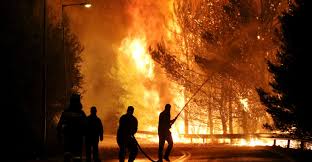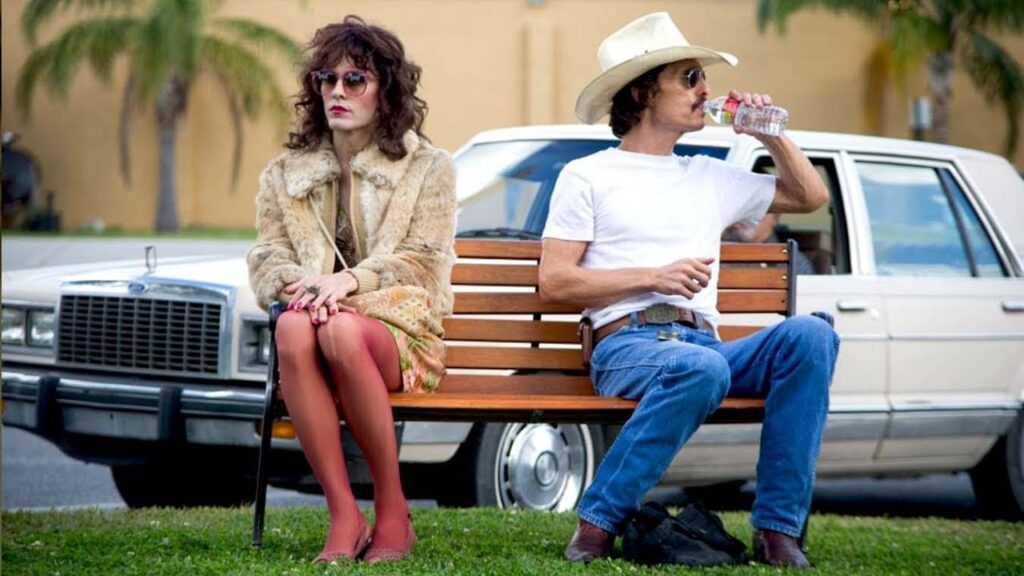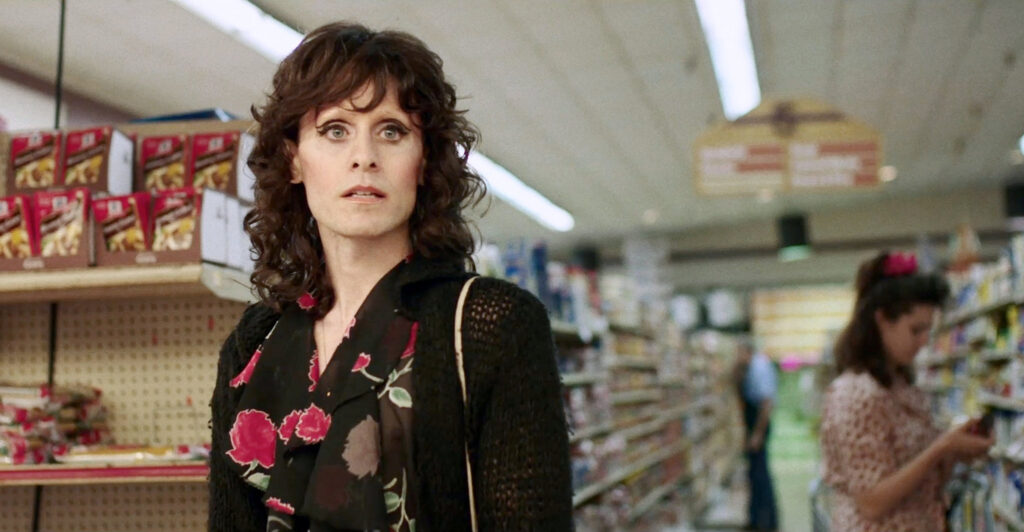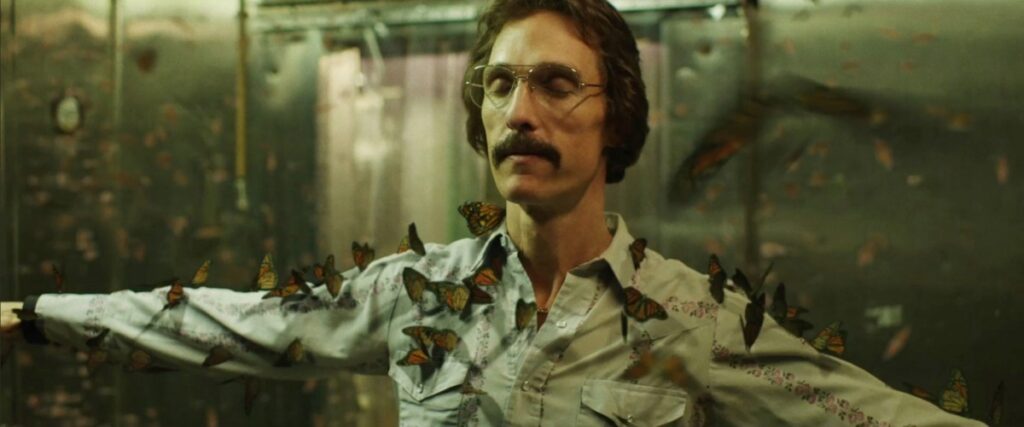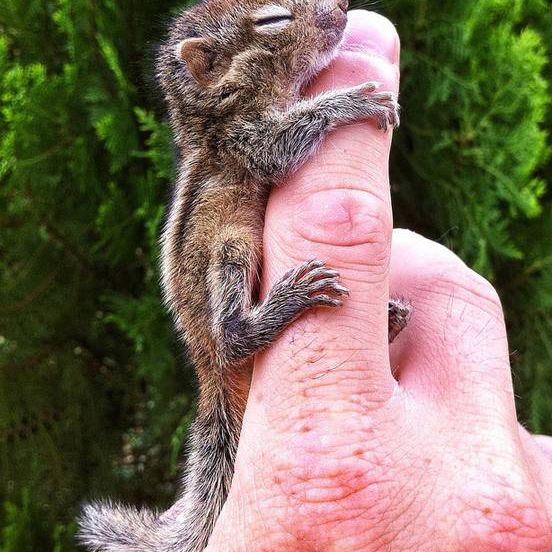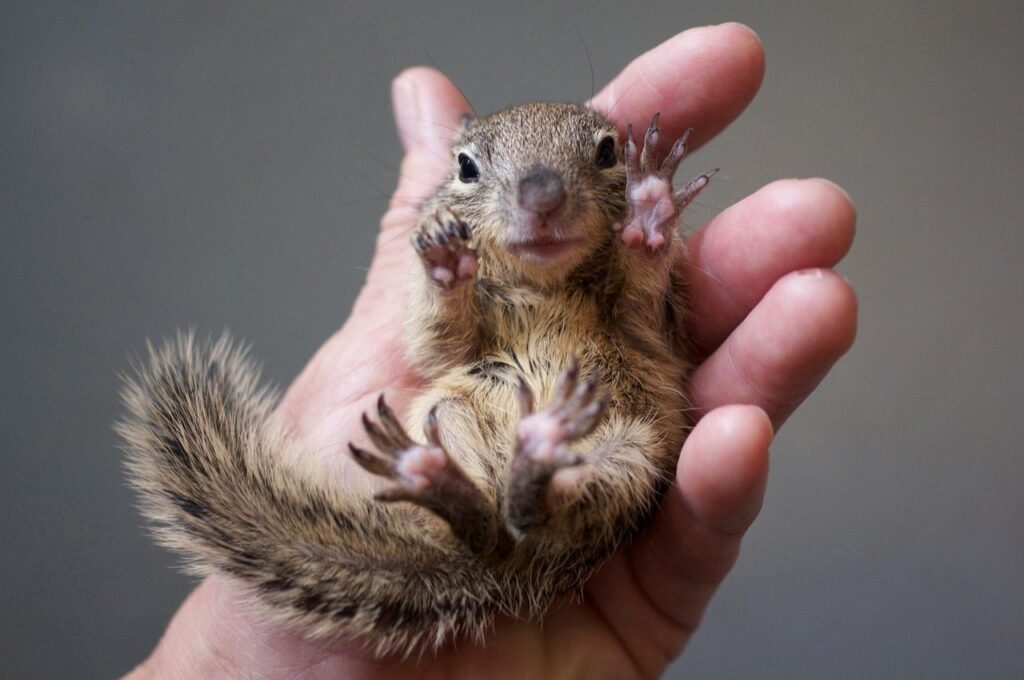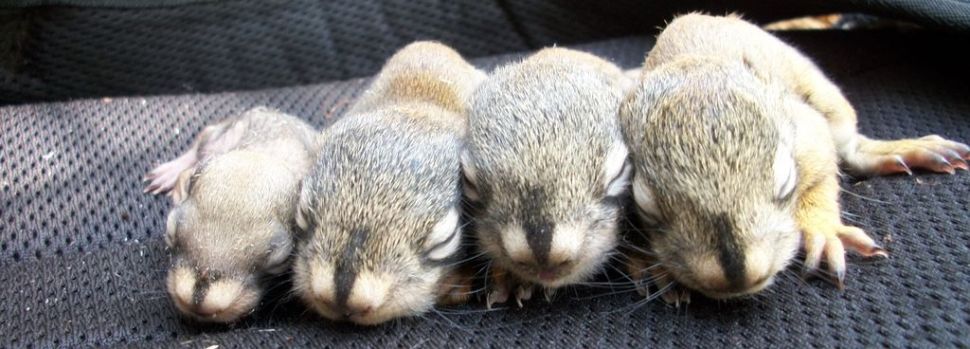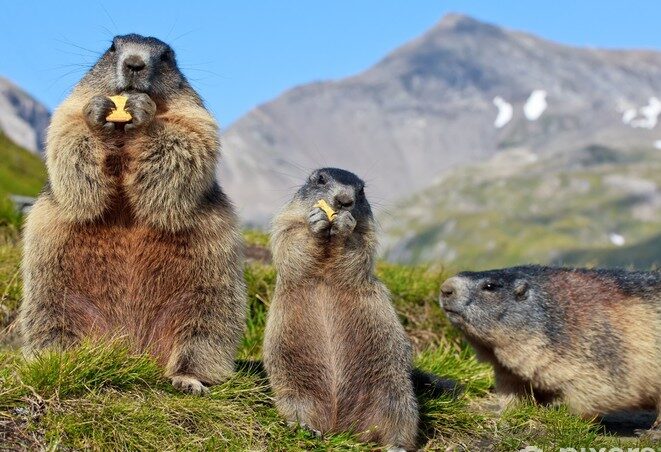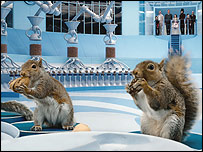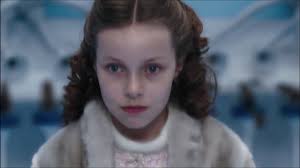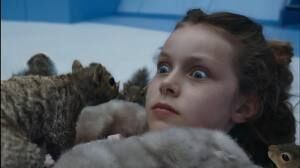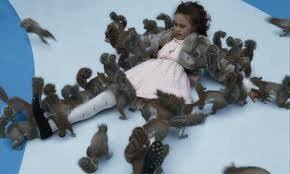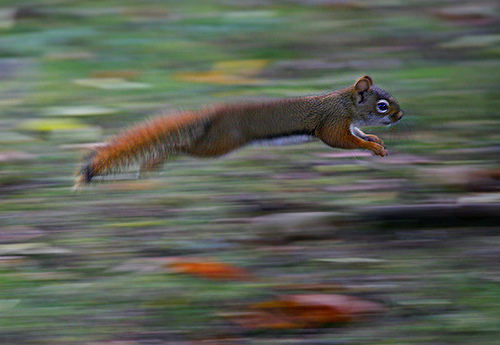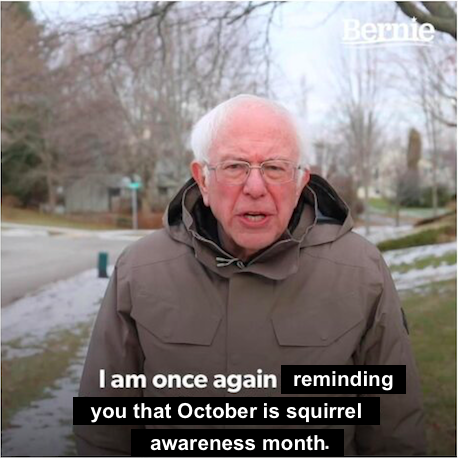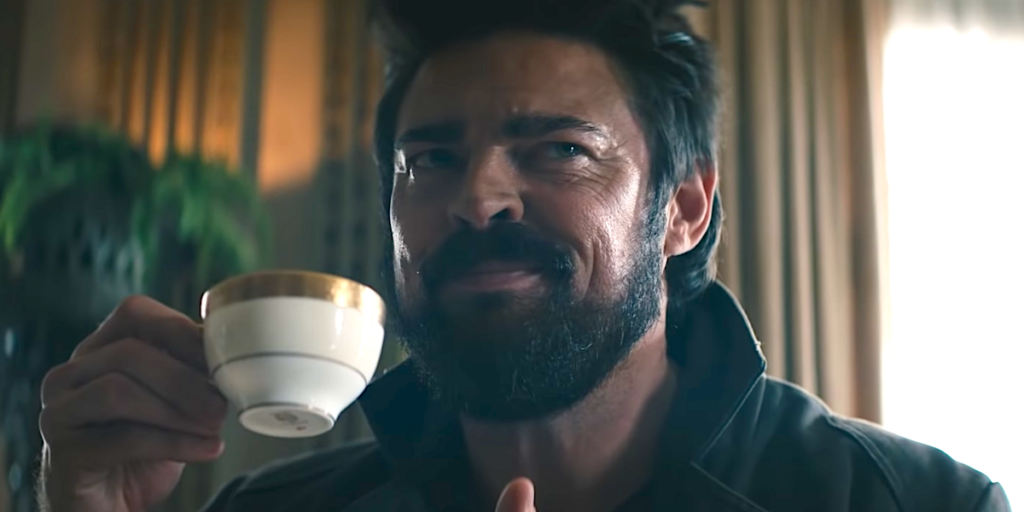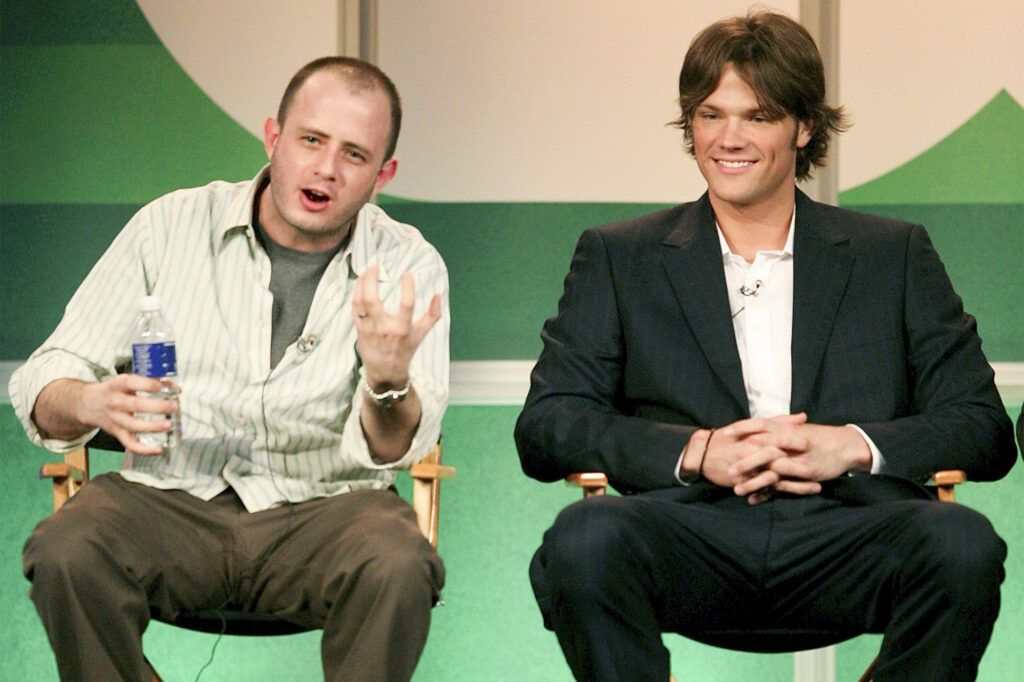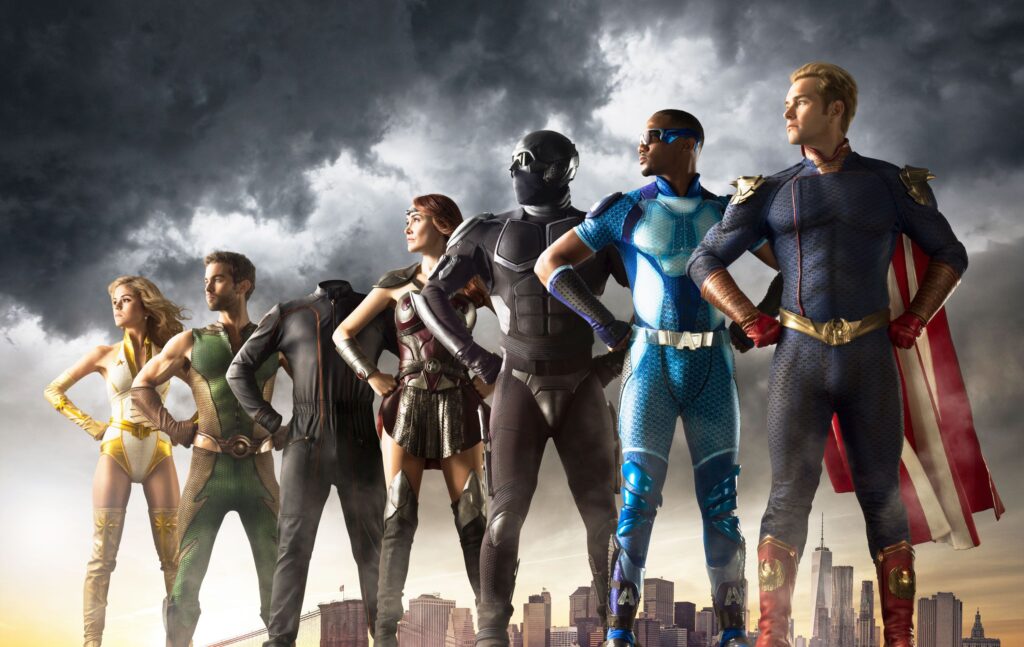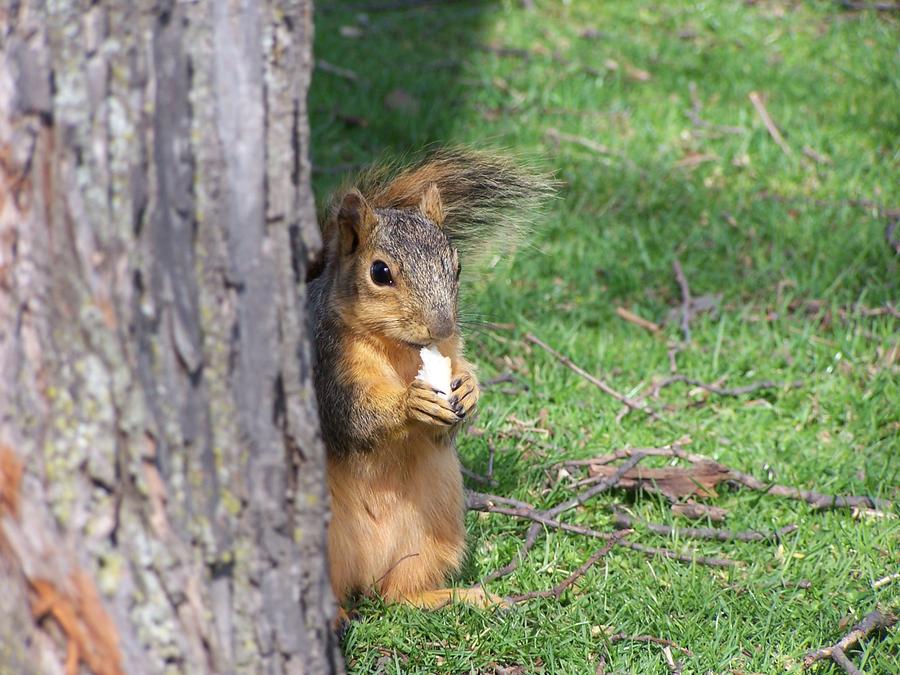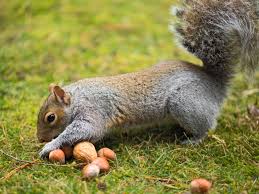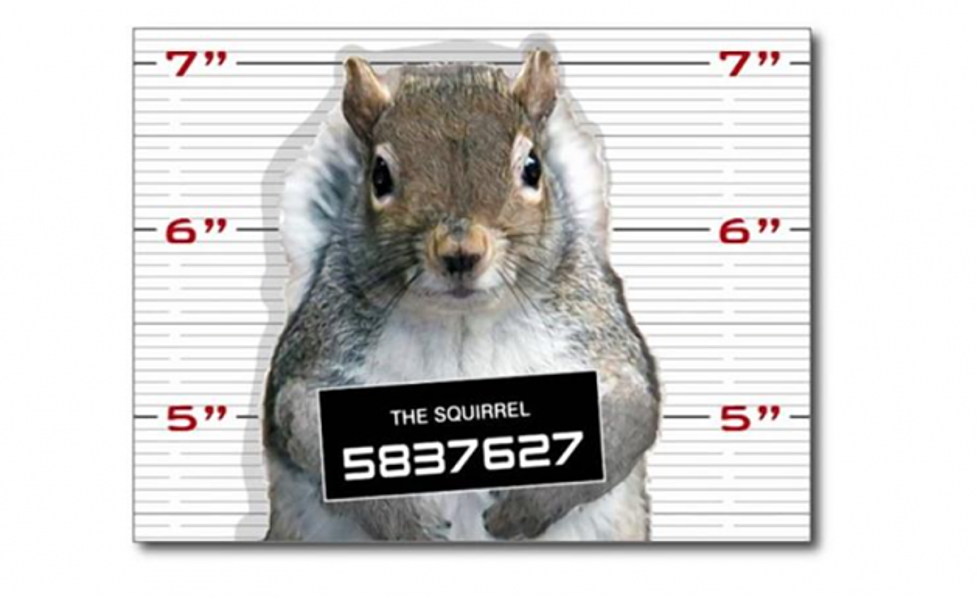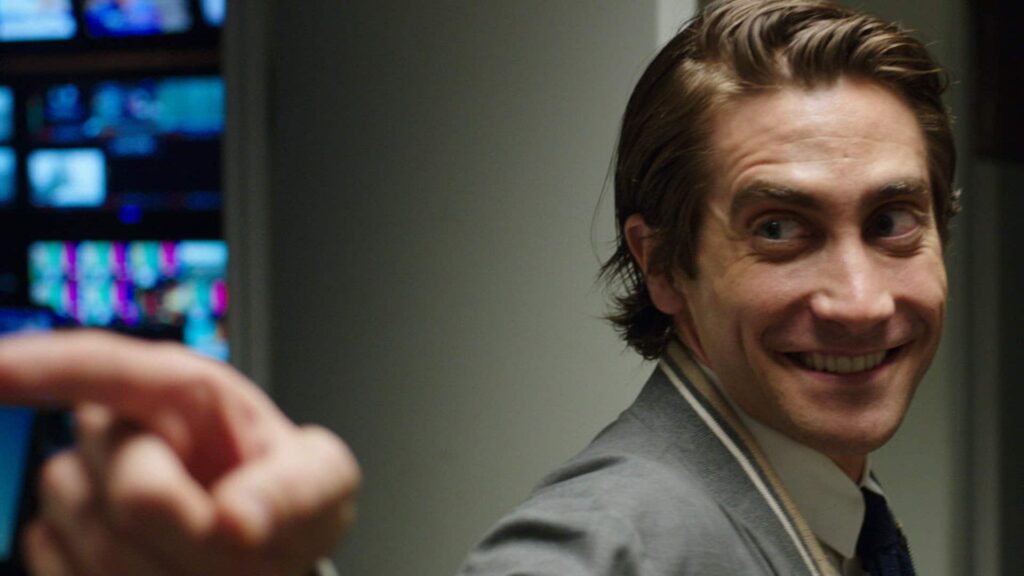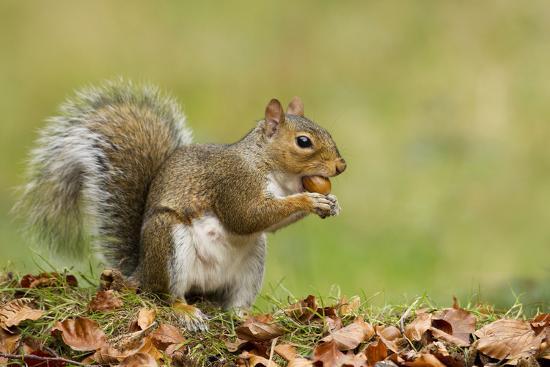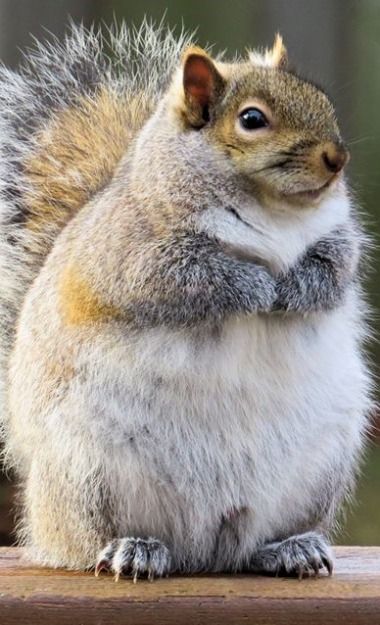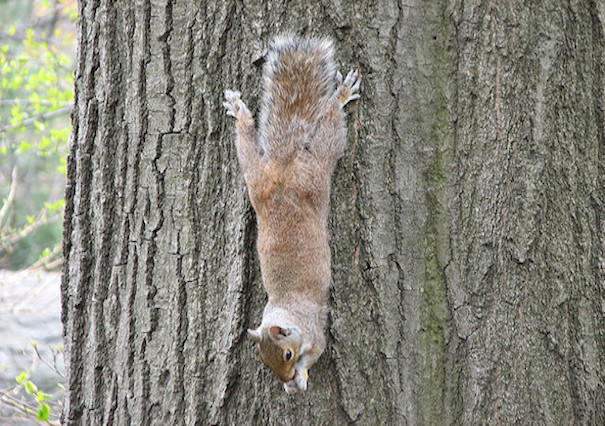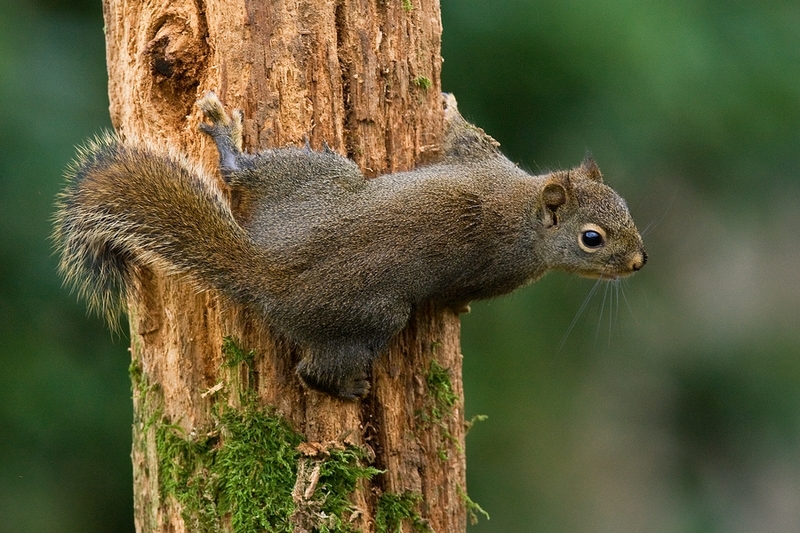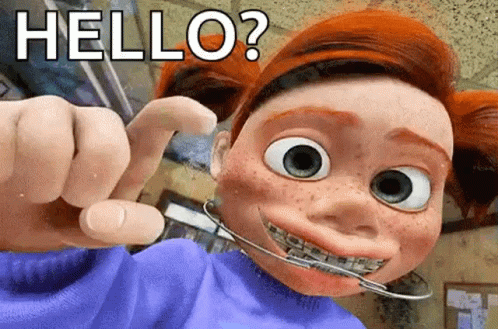People who don’t care about trying to preserve a healthy environment are idiots. I hope that by now everyone is aware of the planet’s climate crisis and have some desire to create positive change. Serious effects of climate change are very much present today and are extremely difficult to face, especially as humans’ selfish natures and private interests catalyze the environmental devastation.
Even if us privileged and capable Vanderbilt attendees are not the ones finding solutions, the least we can do is try to reduce the problems. Listed below are some very easy actions you can take to reduce your negative impact on the climate.
- Turn off lights. This is not difficult, guys. When you leave a room for more than five minutes turn off the lights. Most often this pertains to your dorm room, but it also pertains to bathrooms. Whenever you finish a shower go ahead and turn off the lights. Especially with covid shrinking the person to bathroom ratios, it might be a while before the next person comes in and needs to shower.

- Stop getting a plastic bag with every meal at the dining hall! Ok yeah, the bags* say compostable but a) Just because they say they’re compostable doesn’t mean they actually get composted. I’m pretty sure most people just throw the bags in the trash. b) Even if something is composted, its lifespan still requires energy. Energy in manufacturing and energy in transportation and energy in transporting it to composting/other site. Here are some things to do instead:
- 1) get one of the free reusable bags Vanderbilt munchies offer.
- 2) reuse one of the large paper bags some dining halls offer.
- 3) just don’t use a bag. A lot of the time, you’re not walking a great distance to where you’re going to sit down and eat. If you’re walking straight out of Rand to the dining tent, I have a sneaking suspicion you very likely don’t need the bag.
- *note, specifically referencing the “compostable” plastic bags in Commons dining. The idea of reduced bags applies to all bags, though.
The phrase Reduce, Reuse, Recycle lists the steps in a specific order. Guard against the false comfort of the thought that oh, this can be recycled, so it’s fine. Your first thought should be to Reduce your use.
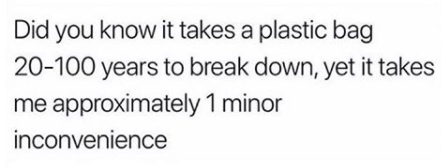
- Reuse utensils. The plastic of new utensils at every meal adds up fast. Try reusing the plastic utensils you’re given. It’s not a bad idea to wash them consistently and keep reusing them. When the kind dining staff hands you your food and starts to hand you utensils it’s easy to just say thank you, I don’t actually need the utensils.
- Bring a reusable water bottle. Yes, plastic is definitely worse than aluminum in terms of environmental damage, but the manufacturing of aluminum still has some impact. It’s totally understandable that you won’t always have a water bottle with you, but make an effort to bring a reusable water bottle with you. A can for just one drink of water is kind of silly.

- A few other points include:
- use the munchie mart paper bags as trash bags #AvoidThePlastic
- take shorter showers
- hang dry small loads of clothes in your room (hang things to dry on spare hangers)
- eat less meat (meat, especially beef, production has a HUGE carbon footprint)
Readers please note that even if you are not immediately threatened by climate change others are experiencing its devastation first hand. There are fires burning homes, rain forests, and animals. There are hurricanes destroying towns. There are extreme droughts that lead to famine in areas already ridden with poverty. Get out of your bubble and try to be part of the solution.
